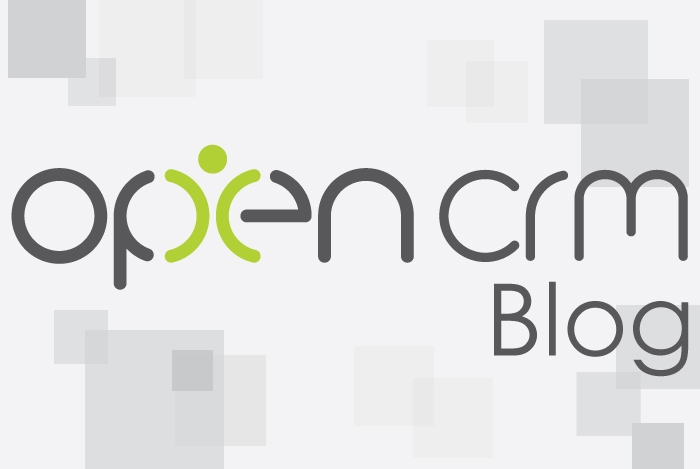Satisfying Customers – Making Your Bread & Butter
14 Feb 2013

I have recently had to explain to a number of customers what the difference between a lead, opportunity and contact is. To illustrate this let’s look at the following scenario:
You run a bakery making very high quality bread and so you want to sell to more customers.
You have compiled a list of shops along the high street that you think might sell your produce. There’s no indication that they would be interested, but all the same, you want to contact them. At this point you create LEADS in your system for those shops.
You then work your way through the list of Leads trying to discover if there is any interest for your bread. After a productive week, 10 out of the 20 shops seem interested in what you have to offer. As such, they move off the list of unqualified leads and into your sales data as prospective customers.
At this point you can convert the Lead to create the COMPANY (the shop), the CONTACT (person working at the shop), and you can also create the OPPORTUNITY (a proposal for 50 loaves of bread per day at £1 each, creating an opportunity worth £50).
One shop in your data – Tasty Sandwiches – loves the taste of the bread and follows through on the Opportunity you have proposed – that Company has now become a “Customer” in your data, and you start selling them bread. They are still a Company, but you’ve also told the system that they are of the type “Customer”. You might also create new opportunities for this company, for example selling them croissants or cakes you make. Another shop, The Italian Pizza Company is undergoing a refurbish, and so won’t be buying from any suppliers for the next six months; however they are still an interesting proposition for you. They can be marked as a “Prospect” in your data, to be contacted again at a later date.
You can maintain your list of Customers, Prospects and other types of companies that you do business with, such as suppliers or media partners, in the Companies module, and some simple straightforward segmentation just like the Customer/Prospect example above, will show you the sets of records you need to see.
Why keep CONTACTS and COMPANIES separate, I sell to Alan at Tasty Sandwiches right?
Well, after 6 weeks, Alan Jones at Tasty Sandwiches moves on, and Jane Smith takes over. You are still selling your bread to Tasty Sandwiches, but instead of speaking to Alan, it’s Jane who you deal with. No need to change anything on the Company record, simply link the new Contact to the relevant Company and you can carry on delivering the bread. The complete history of the business you have done with Tasty Sandwiches remains intact on the Company record.
Alan himself may then become the new buyer at The Italian Pizza Company, and so you simply link his Contact record to his new Company, and with a bit of luck you can soon convert that Prospect to another Customer. In this manner, the correspondence you have had relating to each Company remains intact, as does any dialogue you’ve had with each Contact.
Having explained the terminology and how these fit together in OpenCRM, all that remains is to wish you successful baking, and successful business.
Before I got my start in the tech industry as part of Apple’s UK Mac launch team, I was a professional drummer (notice I didn’t say musician). But once I got in, I was hooked and I’ve been involved in the tech industry, primarily software development, for over 35 years. I founded this company and I now have the enviable title of System Architect (as well as Managing Director) here at OpenCRM.